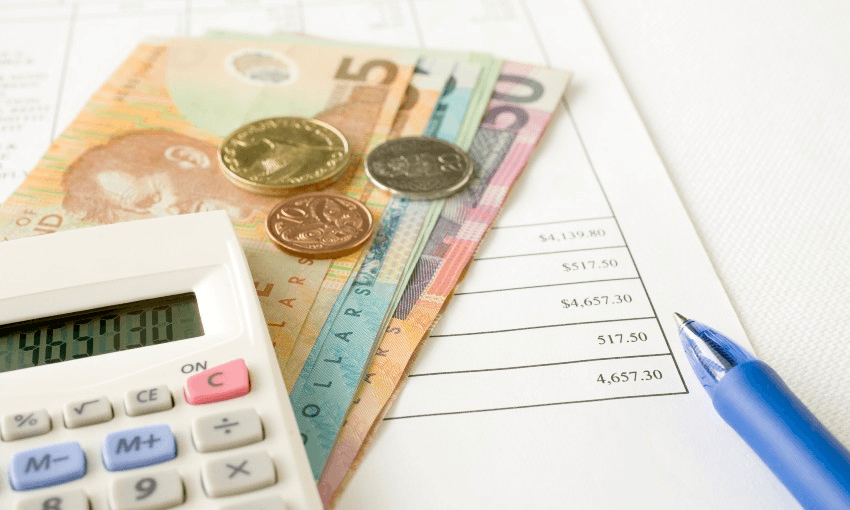All you need to know about the government’s latest support package for businesses and sole traders affected by the rise in alert levels.
What’s all this then?
In response to the current – and possibly future – increases in alert levels, the government has introduced a financial support package for affected businesses. Called the Resurgence Support Payment, it was first announced last December as part of preparations for another community outbreak of Covid-19 which resulted in any part of the country going above level one for seven days or more.
Originally it required affected businesses to show a 30% drop in revenue over a 14-day period due to a change in alert levels in order to be eligible. However, due to the sudden shock of the most recent three days Auckland spent at level three, the government has tweaked the rules to allow businesses to show a revenue drop over seven days only.
While Auckland was only in level three for three days, it’s also going to be in level two until Monday, February 22 – a total seven days – so the payment applies. However, even though the rest of the country has already moved to level one, the government has decided that eligible businesses across New Zealand will be able to access the support this time around due to the financial toll Auckland’s lockdown took on the rest of the country.
How does the RSP work?
The Resurgence Support Payment is designed to help businesses cover expenses such as wages and one-off costs over the time they weren’t able to operate at full capacity or at all.
An alternative to the wage subsidy, the Resurgence Support Payment is likely to be a regular tool in the government’s arsenal to deploy in the event of sharp financial hits to businesses due to short-term increases in alert levels.
For this increase, applications can be made from Tuesday, February 23 through myIR on the IRD website. Applications will remain open for one month after the return to alert level one.
Most applicants will see the payment in their chosen bank accounts within five working days of their application being approved. The payment is not subject to income tax.
Most importantly, who can get it?
According to the IRD, any business or organisation that has “experienced at least a 30% drop in revenue or 30% decline in capital-raising ability over a seven-day period at the raised alert level, compared with a typical seven-day revenue period in the six weeks prior to the increase from alert level one.”
So if in the six weeks prior to Monday, February 15 you made $6000 a week on average, and the week of the raised alert levels you made only $3000, then your revenue is down 50% and therefore you qualify for the RSP.
The 30% decline in capital-raising ability is included for new businesses that aren’t earning revenue but are raising money to get going nonetheless.
In order to qualify, businesses and organisations must have been in business for at least six months. They must also be considered viable or ongoing.
And yes, according to the IRD, charities, NGOs, sole traders and self-employed contractors will be eligible to apply for the RSP, provided they meet the revenue criteria and are 18 years old at the time of applying.
Seasonal businesses can also apply, but they would compare revenue during the week of higher alert levels with a seven-day period in a similar period of their business cycle, rather than the past six weeks.
Even more importantly, how much can I get?
An eligible business can get $1500 plus $400 per employee, up to a total of 50 full-time employees, to a maximum of $21,500. For businesses with low revenue, the payment will be capped at four times the actual revenue drop experienced by the applicant. Therefore the size of the payment all depends on how big your company is and how much money you lost.
Employees working 20 hours or more per week are considered full time. Sole traders can receive a payment of up to $1,900.
